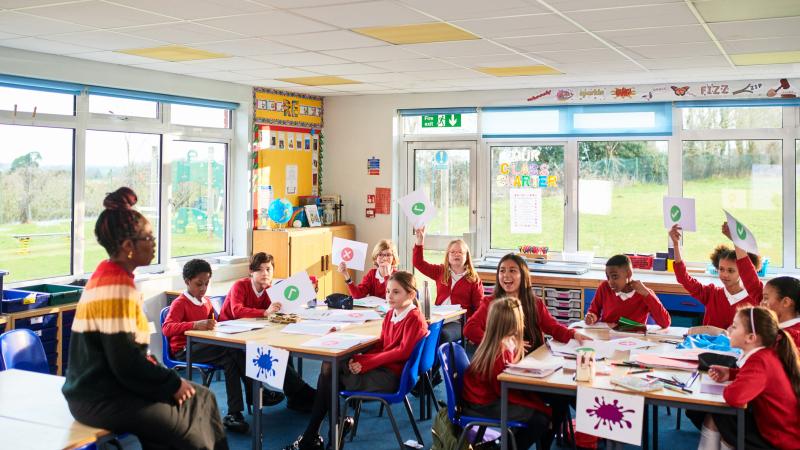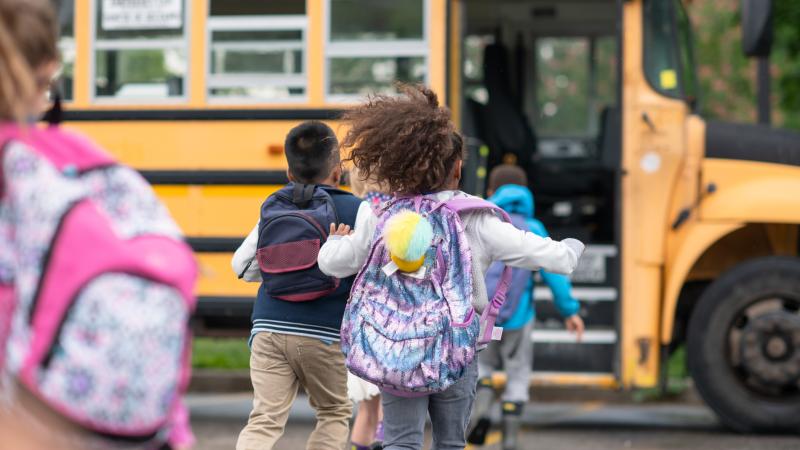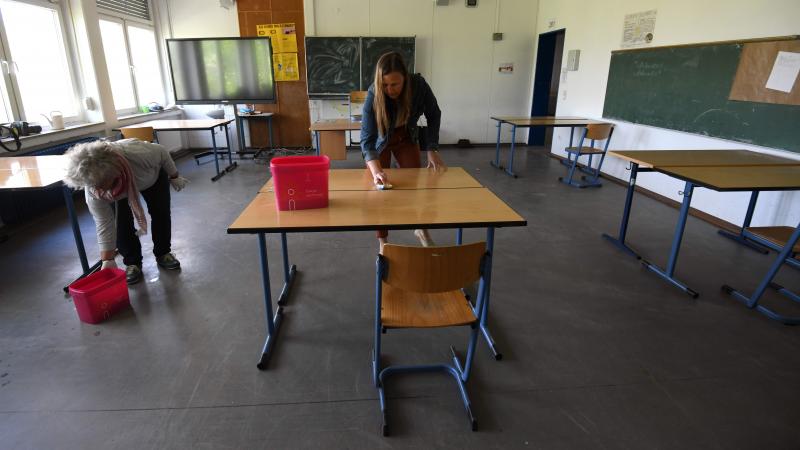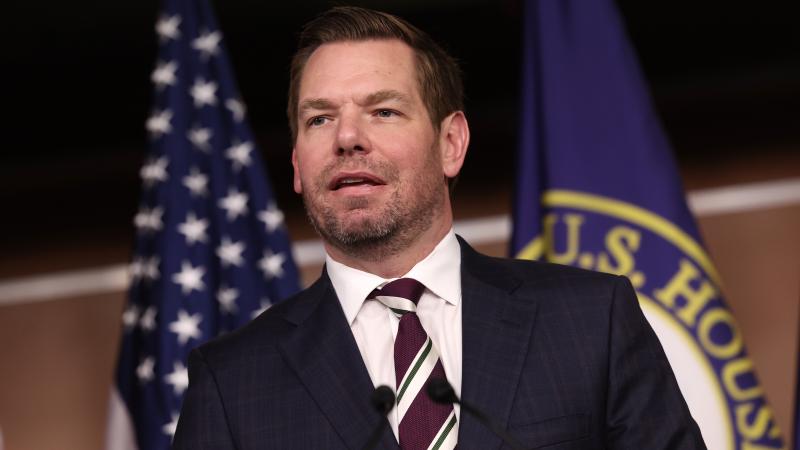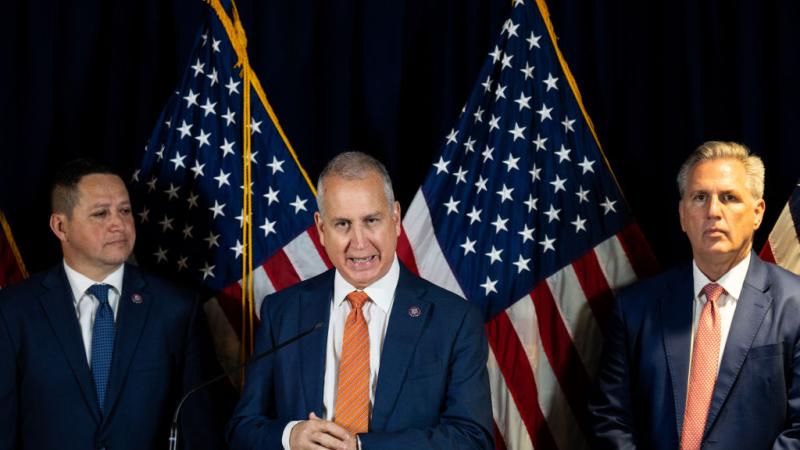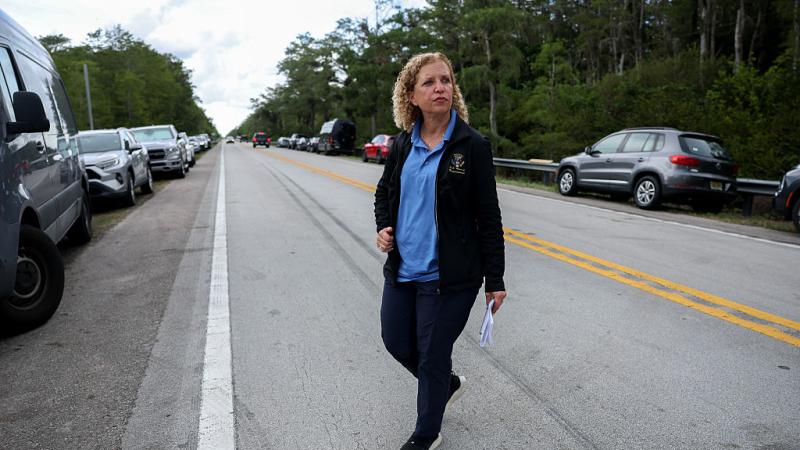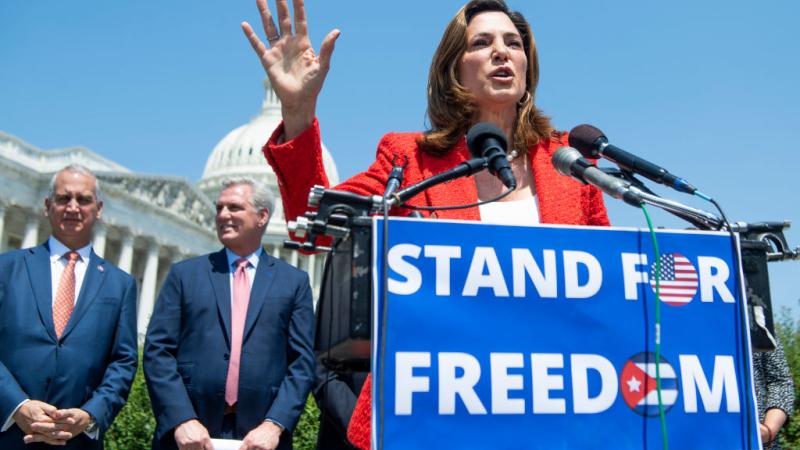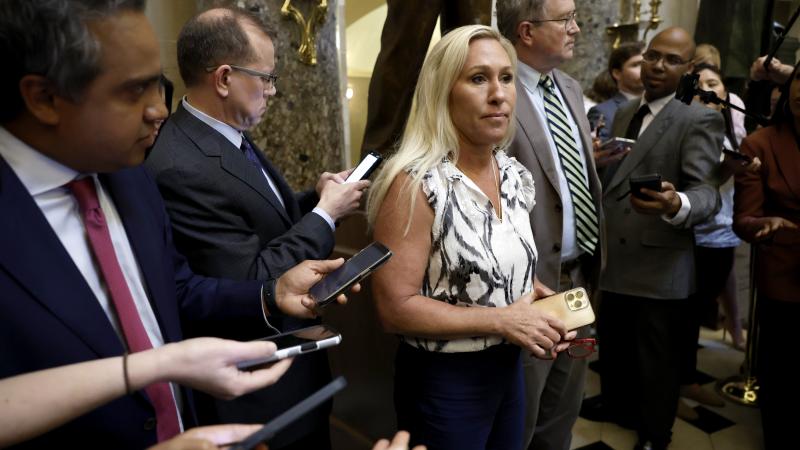Americans broadly support federal school choice program, poll shows
More than two-thirds of the more than 2,200 likely voters polled support giving families choices using public education funds.
A new national poll shows a majority of Americans support school choice measures that would allow families to use taxpayer funds to attend a private school.
The Center Square Voters' Voice Poll conducted by Noble Predictive Insights found that over two-thirds of the more than 2,200 likely voters polled support giving families choices using public funds.
The poll found that 69% of likely voters said they support a federal tax credit program that would allow students to attend a school of their choice, including a private school. Only 20% of voters said students “should attend the schools they are assigned to attend.”
David Byler, chief of research at Noble Predictive Insights, told The Center Square that the question tests how voters react to the conservative argument for school choice, charter schools or what are sometimes described as school vouchers or education savings accounts (ESAs).
“It says, ‘What do you think of having choice when it comes to education?’ And what you find is that the message there works really pretty well.”
Byler said that even across political parties, the percentage of voters who back school choice initiatives is surprisingly high.
“If you look at the party crosstabs, you have very high support amongst Republicans, and you have some strong support amongst Democrats, which makes it a classic wedge issue, an issue where one party is united, and the other party is divided.”
Among Republicans, 77% said they back a federal school choice program while 62% of Democrats responded affirmatively to 27% who said students should attend the school they are assigned.
True independents were least enthused about a federal school choice program, the poll found, though 60% of likely independent voters signaled approval and 24% said they thought students should be assigned to their schools.
Byler said how Democratic voters respond illustrates a divide in the party and where Republicans and Democrats can come together.
“So amongst Democrats, you have sort of a pro-reform wing. You saw this a lot during the Obama era, where there was one side open to things like charter schools, open to measures that have that sort of reform-minded origin,” Byler said.
“And you had a separate side, that’s more teachers union-oriented and more traditionalist that says we don't necessarily need changes in how students are sent to school or what schools they’re sent to,” Byler said.
“Republicans like the idea of some sort of greater choice, some sort of market forces being unleashed in schools,” Byler said. “They can find some allies on the Democratic side who maybe aren't as into the idea of markets, but are into the idea of reform who might be able to meet them halfway.
“And then you also have some Democrats who are a little bit more traditionalist in their ideas about education and what it takes to make changes and improvement. And so that's really what this tests,” Byler said.
Byler said asking voters if school choice would weaken public schools would better illustrate how voters feel about Democrat-led talking points on school funding.
“That's the strongest Democratic message, the idea that some form of school choice is ultimately going to lead to lower quality or fewer resources for public schools,” Byler said.
Ultimately, Byler said what voters want is for schools to teach students the best.
“What people ultimately want is for schools to work and so you get a public that is open to messages on either side that seem like they’re headed toward that goal of making the education system work,” Byler said.
• This story initially published at Chalkboard News, a K-12 news site that, like The Center Square, is also published by Franklin News Foundation.

